Dear Indigo Parents,
Welcome back to Indigo! It’s good to be back in the swing of things in the Primary Studio. All of your little ones have had an exciting first week back at school, and they truly seem to appreciate the structure after their summer ventures. Our new students coming from the Pre-Primary class made a very smooth transition, and we’re thrilled to see how well they are taking to new direction and following our classroom routine and rules. Our older students who are familiarized with the studio are setting a positive example, eager to be little teachers to their new peers. Everyone has been tuning in during lessons on a variety of topics such as practical life material, caring for our environment, caring for ourselves, grace and courtesy, and showing respect. We are fortunate to be able to say that each child who is starting the year off with us is a child who has been a student of Indigo for at least one school year, while some have been with us since they were infants. Our students entered our studio well equipped, having practiced the prerequisites over previous years. The transition this year for each child has gone smoothly so far, and we are confident that they are all happy to get back into the Montessori rhythm.

The Montessori Fundamentals
While we are very interested in concentrating on academics later in the year, it is important for us to first put our focus on each child’s personal growth by offering them the tools to build a strong foundation from within. Maria Montessori and the doctors that studied with her determined the years up to age 6 are crucial years to focus on grace and courtesy, education, exploration, independence, and self-worth because studies show that these are the years when people especially consume information like a sponge. While we may not remember specific experiences from our own childhood, our character and way of processing information has been strongly influenced by these primary years. As Montessori teachers, we offer our students the tools to be confident, independent, focused, creative, and thoughtful. We teach compassion and empathy to help each child start thinking about their role in the universe. By focusing on the human spirit and the development of the whole child, we are reaching our students on a physical, social, emotional, and cognitive level. Within every lesson and action that Montessori teachers have been trained on, we are considering the heart of your child as they learn how to work through emotions and communicate with one another. We pack in the lessons and set countless examples for our students to ensure that they have the tools to be independent thinkers and mindful individuals. Some people might say that this all sounds a little intense and that “they’re just kids,” but we do not underestimate our children’s gifts, capabilities, and potential. We teachers at Indigo take pride in knowing that our students are not average kids. When our students are old enough to move on to the next school, they are advanced, thoughtful, creative, constructive, and respectful children that we believe will continue to thrive in their education and personal growth.
Classroom Safety
The first weeks of school are especially heavy with lessons as we must set examples for the safety and productivity of our environment. Your child will have opportunities that are not typically offered at traditional schools, and it is important that our students realize that we are building trust with them as we teach them to be respectful and careful with all material. A lot of these materials can be seen as privileges that will give each child the opportunity to advance in practical life skills. Materials include handling tiny objects such as nails, sewing needles, tacks, butter knives, carving tools, and other sharp objects that could be dangerous if not handled properly. We give thorough lessons that will prepare your child to safely handle our material. If you are new with us and want to learn more about how we teach children to show respect and stay safe in our studio, continue reading “Teaching Our Students Safety,” also located in the “Extra Extra” section.
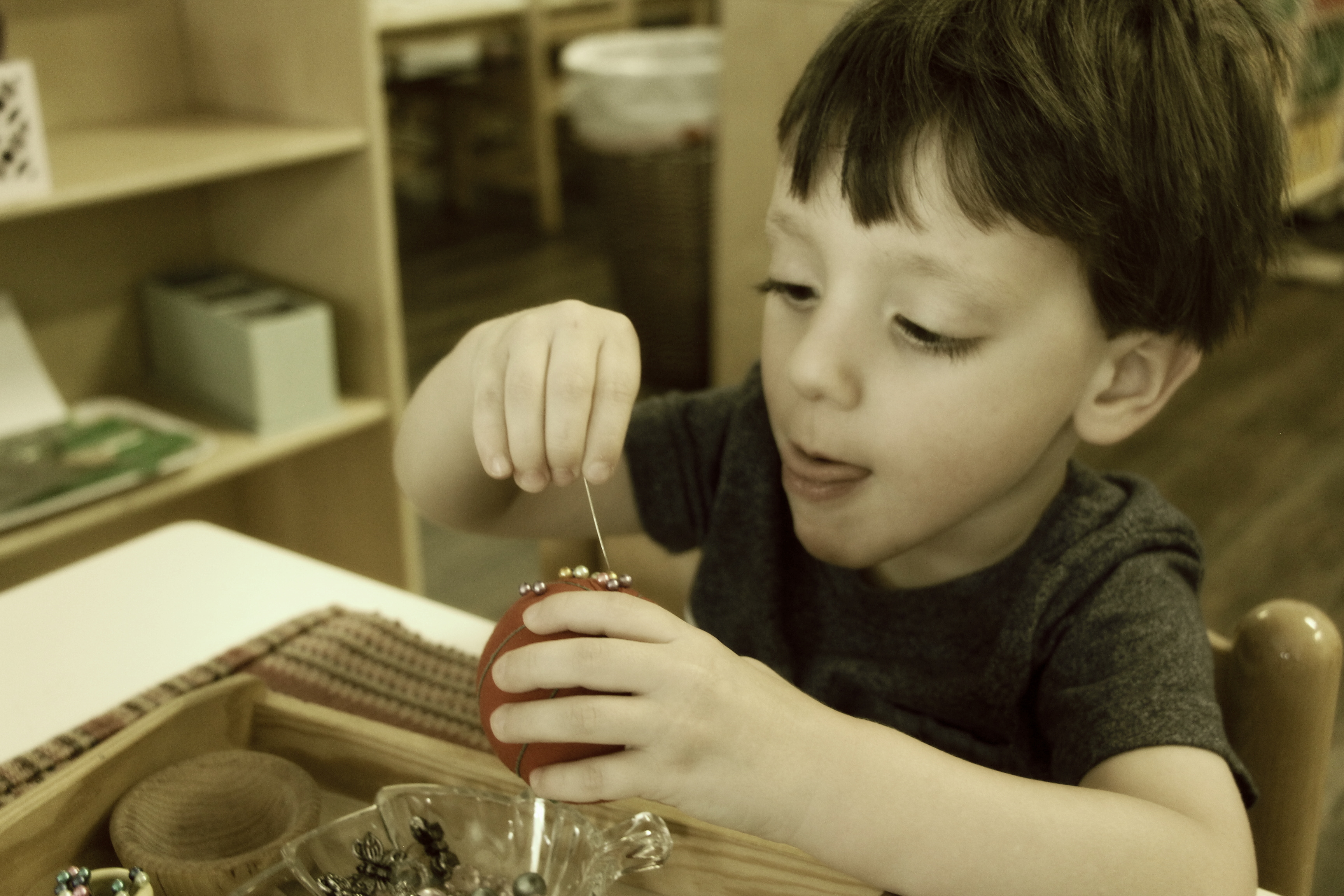
Seamus carefully pushing sewing pins into a pin cushion, a fine motor skill that helps children to find their pincer grip.

Our students demonstrate respect with our materials as they work on new skills, taking pride in their accomplishments.
Mindfulness & Meditation
When it comes to discipline, there is no room for shame in our classroom. As Montessori teachers, we don’t want to “point the finger” at a child, and we don’t like to put them on the spot, or try to make them feel embarrassed in the same way that some of us may have experienced in traditional schools while growing up. We want everyone to feel like equals, and therefore everyone needs to understand that we are all learning and going through different phases and that we must work on being patient with each other; some of us are still learning the “ground rules” and some of us are still learning to use our words so that we don’t lash out at others. These are topics we discuss in detail during lessons. Conflicts happen and we want our students to recognize that we all go through tough times, but that there are ways that we can work through the emotions that stir up within us. As a way to prevent meltdowns and to prepare children for dealing with conflicts, we present a variety of calming techniques during circle times, along with role play in order to offer suggested words to communicate to their peers and teachers during conflicts. We use singing bowls and practice breathing exercises as a large group to find peace within ourselves on a regular basis. A teacher will often speak out a positive affirmation to boost confidence, and our students will repeat the statement in unison. We practice methods of mindfulness and meditation, play peaceful music, practice silence and listening exercises, body language for confidence, and so forth. As the year goes on during each school year, we begin to observe students applying their new knowledge as they learn to calm themselves down and better communicate with one another.
Yoga Station and Cozy Area
Your child may practice mindfulness and meditation periodically throughout the day in our cozy corner and yoga station. The cozy corner is a place where they can go at anytime of the day to relax, meditate, look at beautiful imagery, hold interesting and calming objects, and use their imaginations to go somewhere peaceful in their minds. The yoga station is also a small area where children may go and practice some peaceful movement by mimicking stretches of yoga poses that we have presented on the wall. We give lessons by role play in both the cozy area and the yoga station so that children can clearly see how they can benefit from these areas.
Fresh Cut Flowers
Our students are encouraged to decorate the room with flowers during work cycles to bring beauty and calmness to the classroom. These flowers are provided by you the parents when it is your week to provide snacks, and we truly appreciate your participation in creating a beautiful environment for the children. After lessons on flower arranging, children just love finding places for their arrangements each day. It’s the sweetest thing when a child brings some flowers in a tiny vase to a table where another child is working.
Self–Serve Snack Area
Our students love the freedom of serving themselves during the work cycle, and we teach them how to do so during small group lessons. As you can imagine, snack time is a great time to practice both independence and one’s social skills. During our lessons, we offer role play to show how to eat politely while conversing with peers, as well as how to clean up after one’s self.

Small group lesson on how to use the self serve snack area
 As you can see, we have a buffet style snack set-up. In the morning, we teachers prepare the snacks that you provide during your snack week. Our students follow the labeled quantities of food which they may take from each dish, and we have explained to them in advance that the food has been prepared and measured ahead of time so that there is just enough food for each child in the classroom to have one serving. Children practice pouring their own water as well as cleaning up accidental spills. They are responsible for the space where they eat, keeping in mind to tidy up for the next group of students. Each child also learns to wash dishes and put them aside to dry on the rack.
As you can see, we have a buffet style snack set-up. In the morning, we teachers prepare the snacks that you provide during your snack week. Our students follow the labeled quantities of food which they may take from each dish, and we have explained to them in advance that the food has been prepared and measured ahead of time so that there is just enough food for each child in the classroom to have one serving. Children practice pouring their own water as well as cleaning up accidental spills. They are responsible for the space where they eat, keeping in mind to tidy up for the next group of students. Each child also learns to wash dishes and put them aside to dry on the rack.
Just between us, after school hours the teachers put the dishes in the dish washer, just to be sure they are super clean ;-)
Our students take pride in this area as it is an opportunity to show their independence when it is their turn to take a seat and eat. Thank you all for your willingness to participate in this area as you provide good quality food for our students.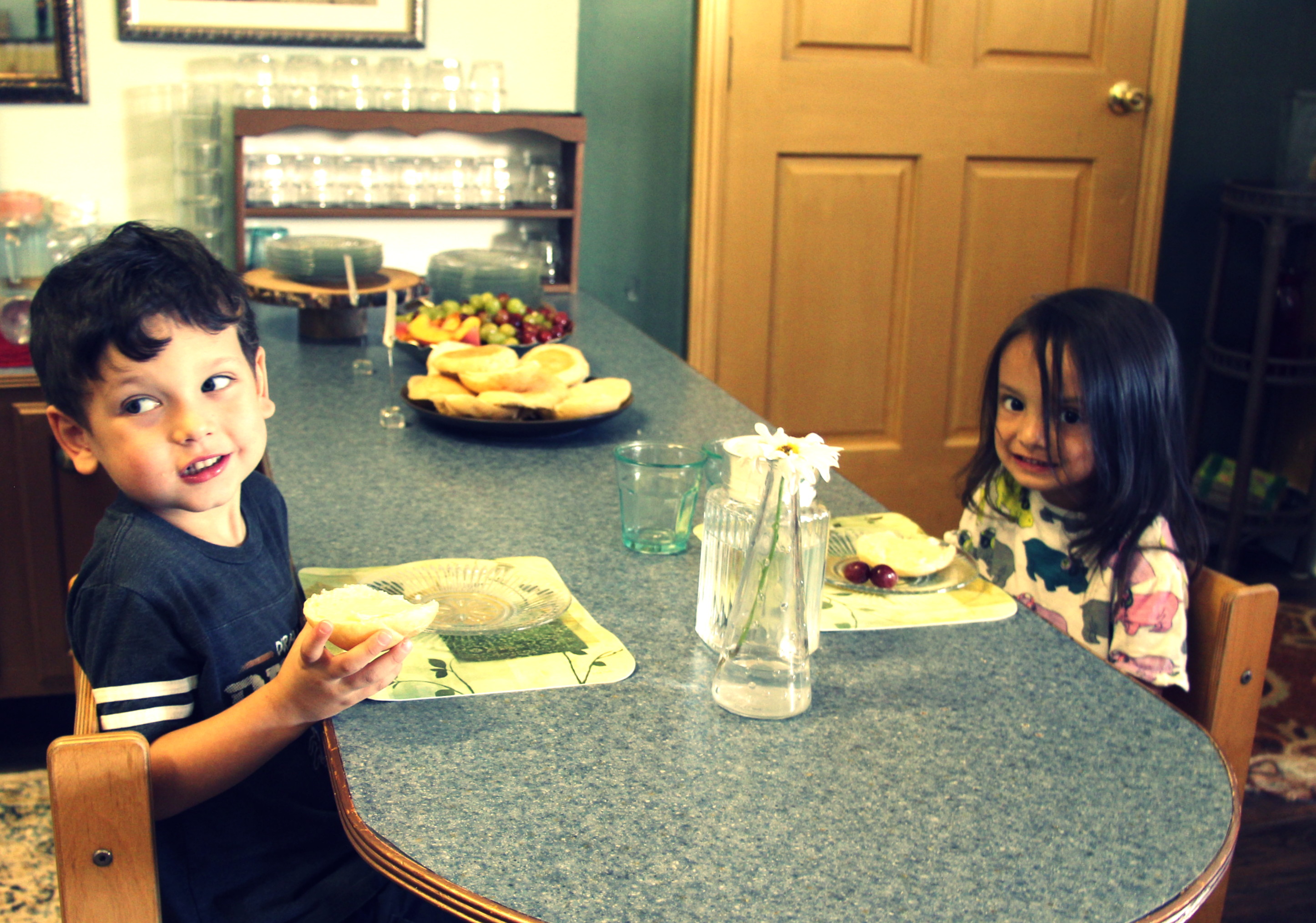

Montessori Lesson for Our Indigo Parents: What is a Sensitive Period?
To better understand the purpose behind our lessons and the possibilities that Maria Montessori saw in children, let us share with you some of her observations. Maria Montessori saw surges of productivity, readiness, and the ability to consume a lot of information at once, especially in the age group of 3 through 6 year olds. She called these phases of development “sensitive periods.” Sensitive periods are seen when children show intense interest in an activity, repeating certain actions over and over again. Through this repetition, the child embraces a new skill and masters it. Once mastered, they seek out actions and activities that this skill can be applied. Maria Montessori also realized that children are sensorial learners, hence why every subject area in our studio has hands-on activities that encourage exploration of the 5 senses. To offer growth opportunities during sensitive periods, we have work cycles each day for children so that they may practice a wide range of material that will challenge them in new ways.

This repetitive work that requires holding small tongs to transfer marbles from one cup to another is great practice for strengthening a child’s fine motor skills.
Large Group & Small Group Lessons
Below, I have included a number of large group and small group lessons given by Miss Anisa and me. We don’t always have time to take photos of each other, but hopefully this gives you a window to see a part of our world. Our students know that lessons are very important as it offers them new opportunities to explore all subject areas. You can see that they are very focused, in tune, and respectful during these lessons, eager to try the material out themselves during the work cycles!

Maria Montessori created a variety of geometric solids works that teach about dimensions, and during our lessons we teach vocabulary words on the various dimensions.

Anisa, presenting the various dimensions of the Pink Tower work, a classic Montessori sensorial work.
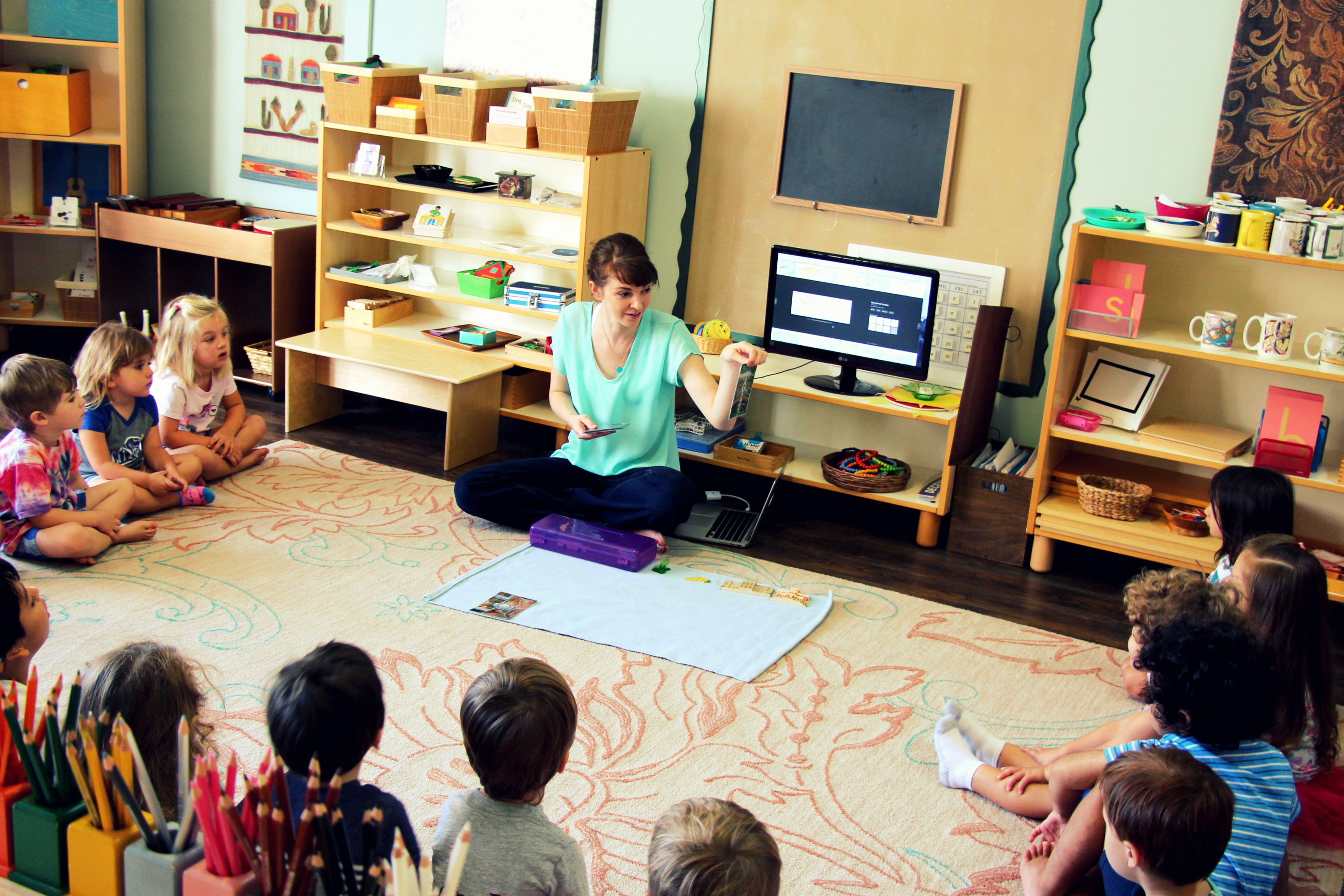
I’ve been collecting items for some time now to put together a Triangle Landmark Work (i.e., Raleigh/Durham/Chapel Hill). I began the lesson with images of continents on the screen behind me, and I zoomed into a state map of NC, and then closer a closer view of Durham and its surrounding cities.

Anisa, about to present a geography map work of NC.


Lesson on color variations from light to dark, a prerequisite to our Montessori Color Box 3, where children practice their visual sense to recognize subtle variations between colors

We offer more intimate lessons during the actual work cycle. Often times, we take turns as one teacher oversees the classroom and another teacher sits down and works in very small groups. Here, Anisa is giving a lesson that requires matching scents such as peppermint, tea tree oil, and lavender.
Work Cycles
First off, each material that is prepared on the shelves for our students is called a “work.” During our work cycles, we are encouraging independence as each child chooses a work, carefully transferring it from the shelf to their rug or table mat (which are used to help a child recognize their personal space). Work cycles continue to happen on a daily basis, a time when our students can explore and work on material that they have had lesson son. This is a peaceful and productive period where our students work independently or in small groups. While working independently helps children to focus and refine their motor skills, working with others requires patience as children practice their social skills to take turns and problem solve with one another. The images below are recent photos from some of our work cycles. You can see various students working at their own pace with no interruptions. They take their time and thoughtfully work on material, and when they are finished and satisfied, they clean up after themselves and put the material away in its special place.
To Share or Not to Share?
Unlike many traditional schools and daycares that have play stations, children don’t have to share all of the time in the Montessori environment. Through role play, we teach them nice words to say to their approaching peers, i.e., if they prefer to work alone. For example, let’s say a child named Bobby is working on a material all alone, and a child named Jenny comes over and says, “can I work with you?” Bobby would smile back and say, “I would like to finish this puzzle by myself right now, but maybe we can do something different when I am finished,” or “I will come find you when I am finished with this work, and together we can choose something new to try out,” and so on. We encourage our students to be positive to those who want to work with them, and we want them to keep in mind that the approaching child is simply asking to join because they feel comfortable with that particular peer. We encourage those who choose to work independently to be kind to the child asking to join by giving that child some hope, (which also prevents the chances of a child from getting upset or from having a major meltdown), and that child is happily redirected with the positive response, leaving the other child to finish their work independently. Unlike big play areas at other schools where a huge bucket of blocks or connector toys are offered for all to join in, we have many small and intricate “works” that often require organizing, sorting, and solving a puzzle. We do not have replicas of any works, because each work is special in itself, and this is yet another Montessori approach for teaching children how to be patient. Of course, there’s nothing wrong with the “sharing always” approach, and I think it’s great for kids to get a little bit of both worlds. That said, children do share constructively in small groups during work cycles. The difference is, we make it their choice when they prefer to work alone or with others. When a child is working individually, this can be very self-satisfying as they accomplish the goal completely on their own. We hear a lot of children saying “I did it!” as they take pride in their new skills and abilities. Typically, you see children periodically going in and out of small groups throughout the work cycle, and they have a healthy balance between working with others and working independently throughout the work cycle. On that note, I’d like to leave you with photos of your beautiful children working on a variety of material during work cycles…
Thank you for tuning in and I hope that this post was very helpful for everyone. Please, share these photos with your child so that they can review their days here at Indigo with you. Also, I love hearing your feedback, so please feel free to leave a note that you checked out the blog below.
Warmly,
Angelique

Small group


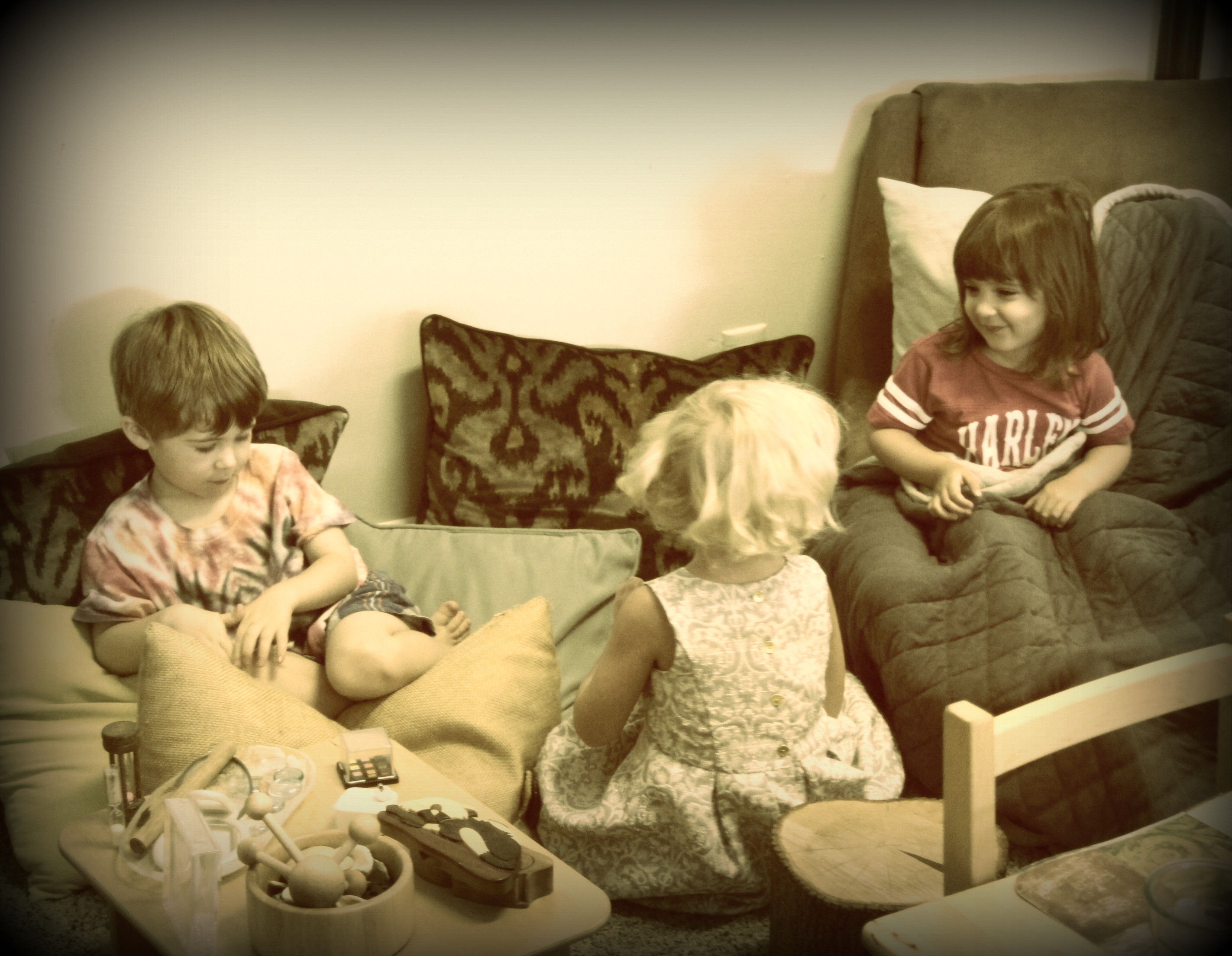



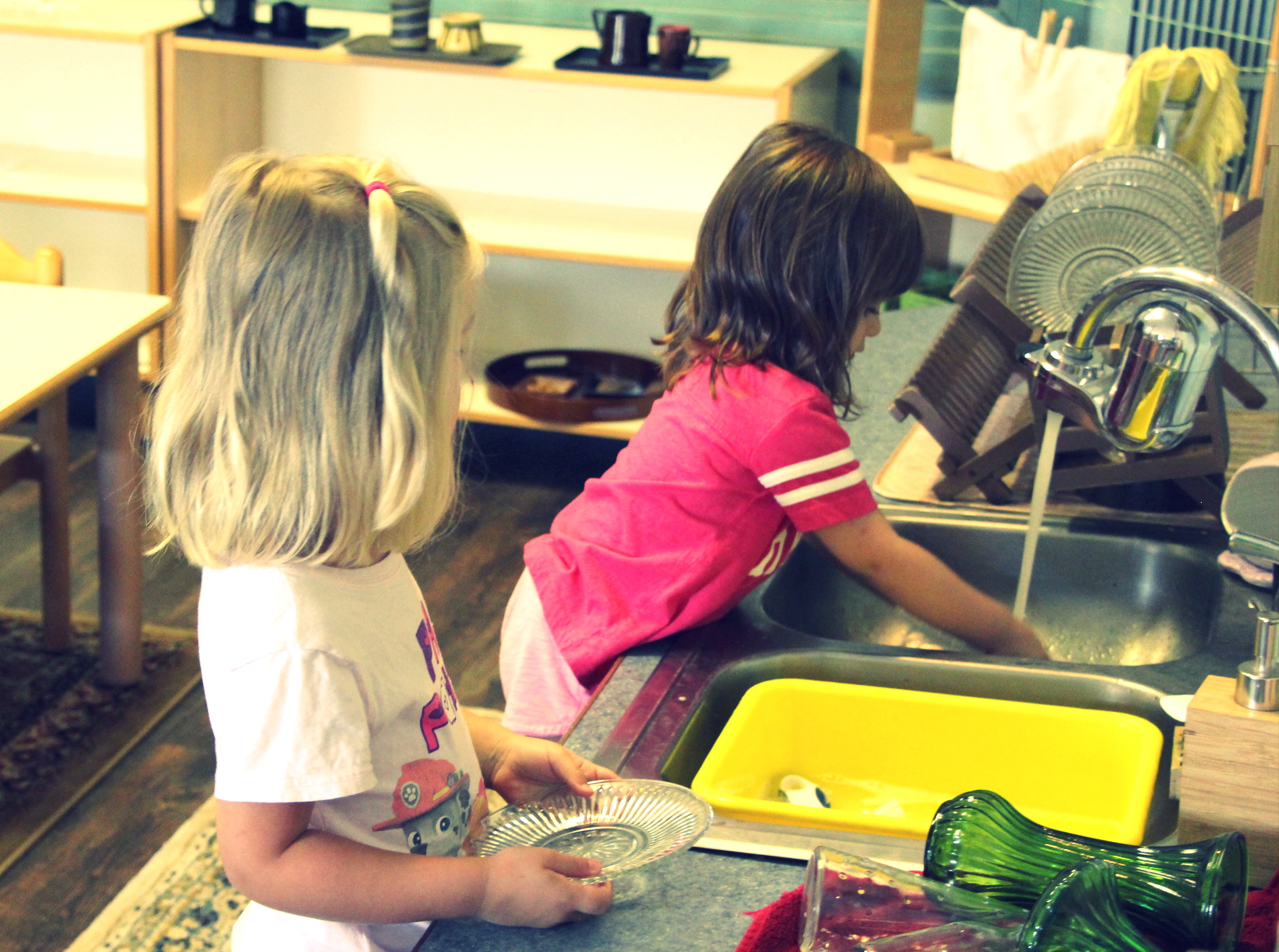
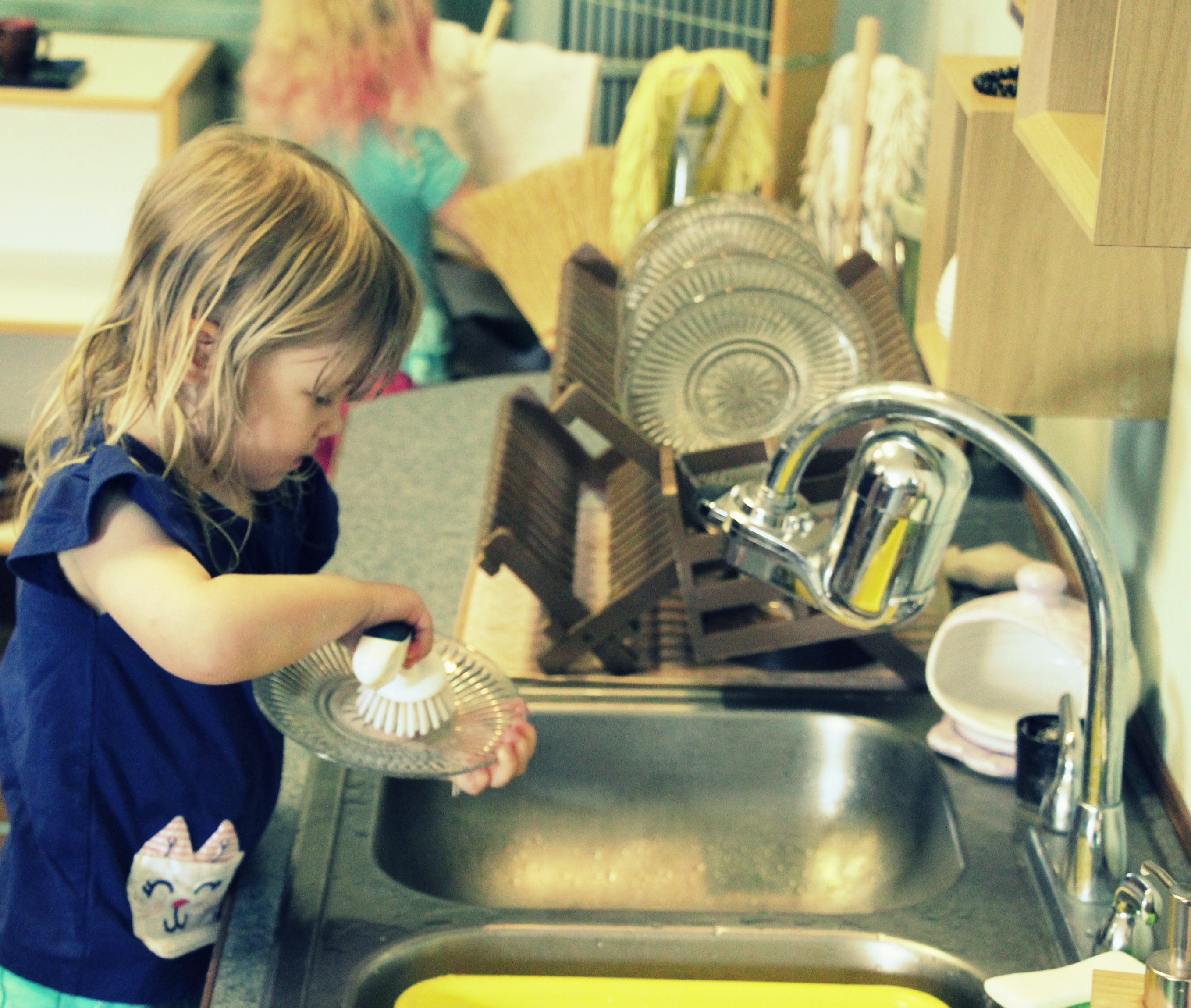
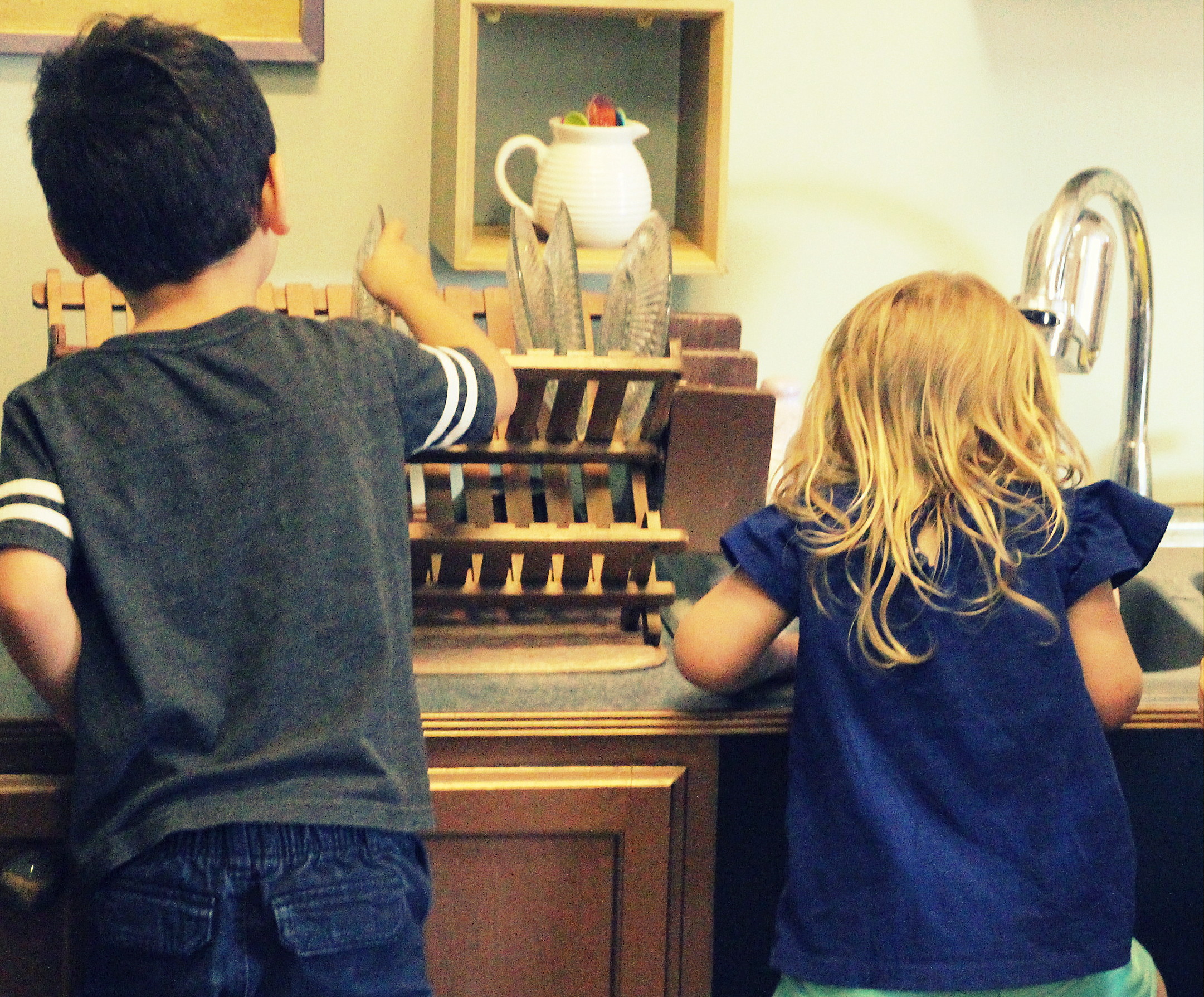










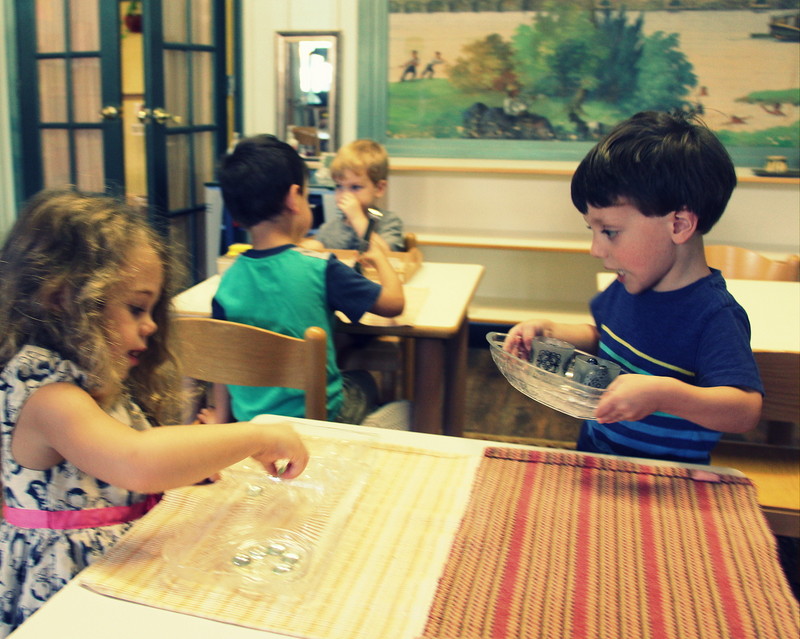




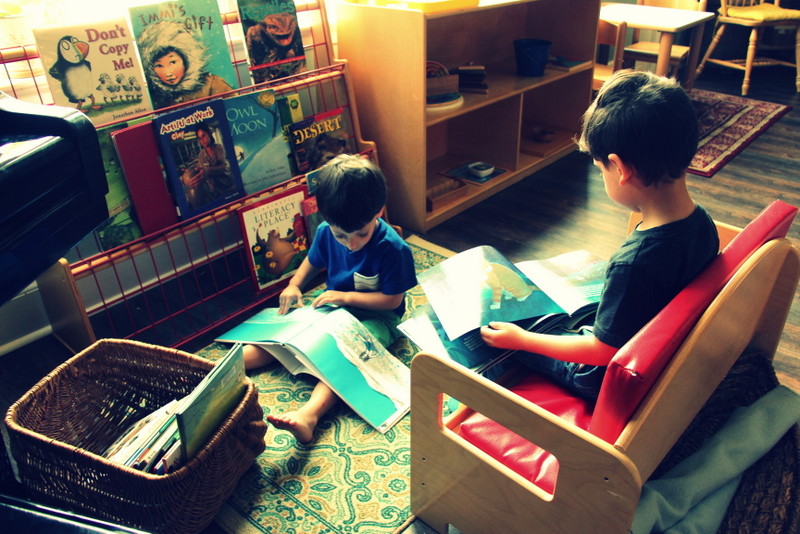








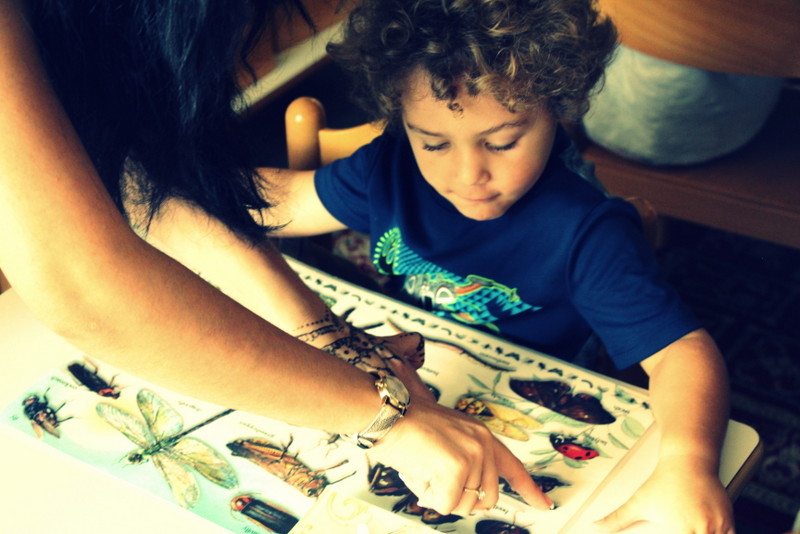
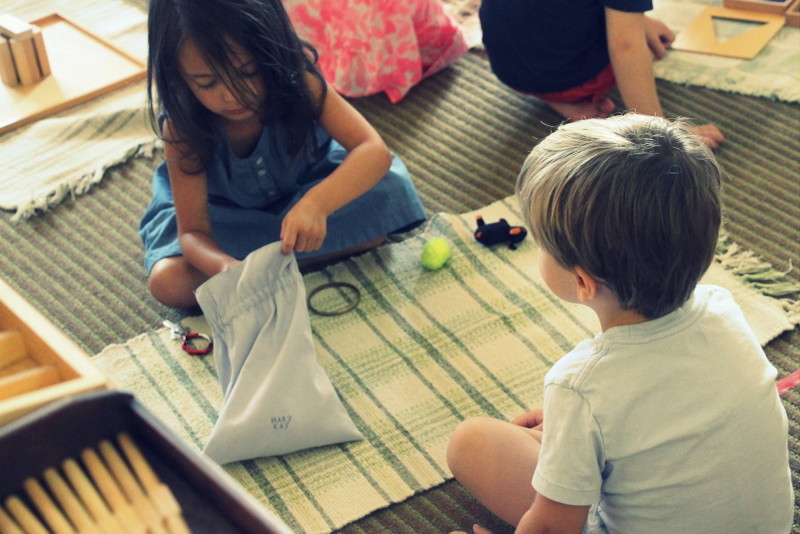
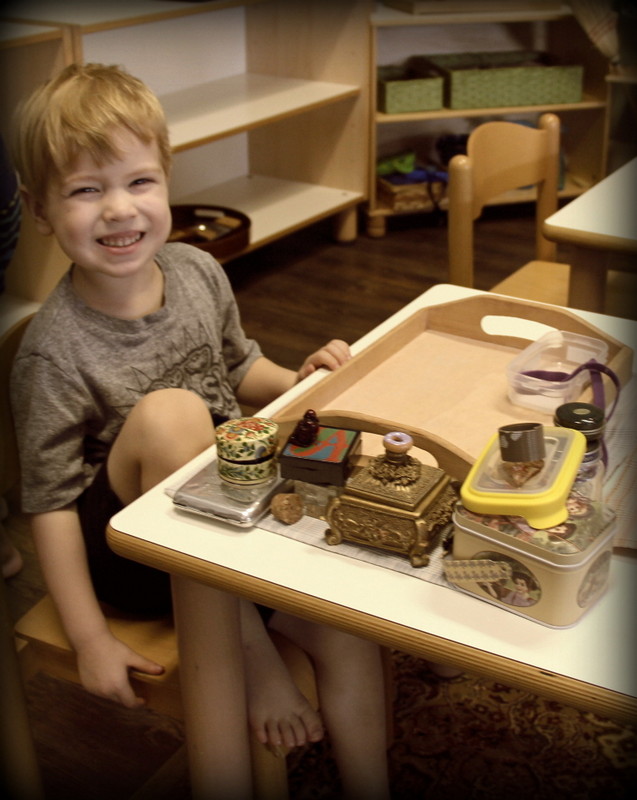

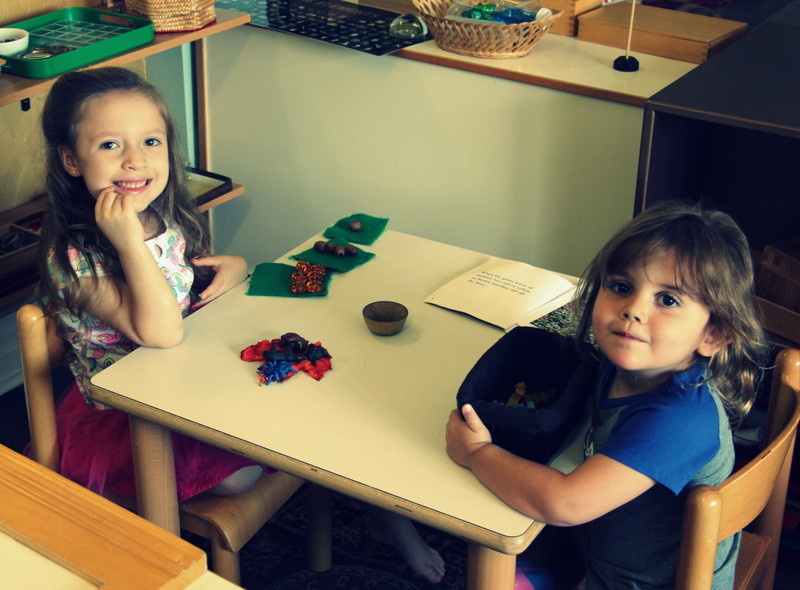

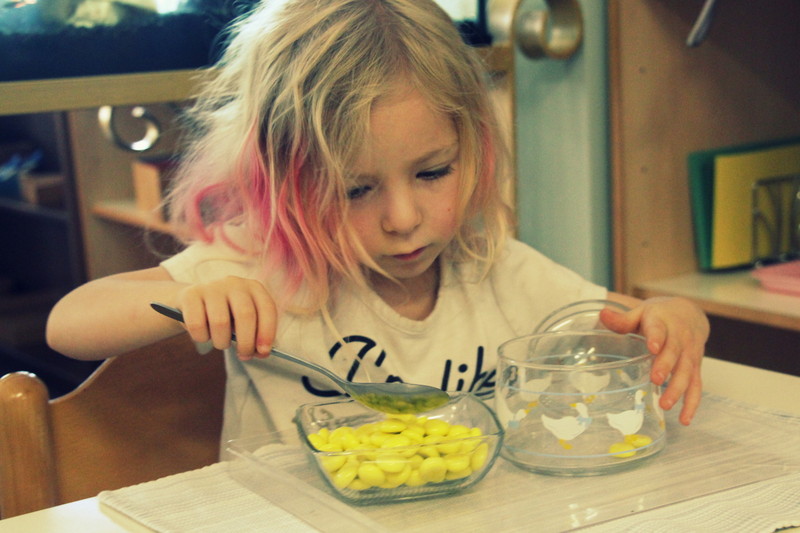
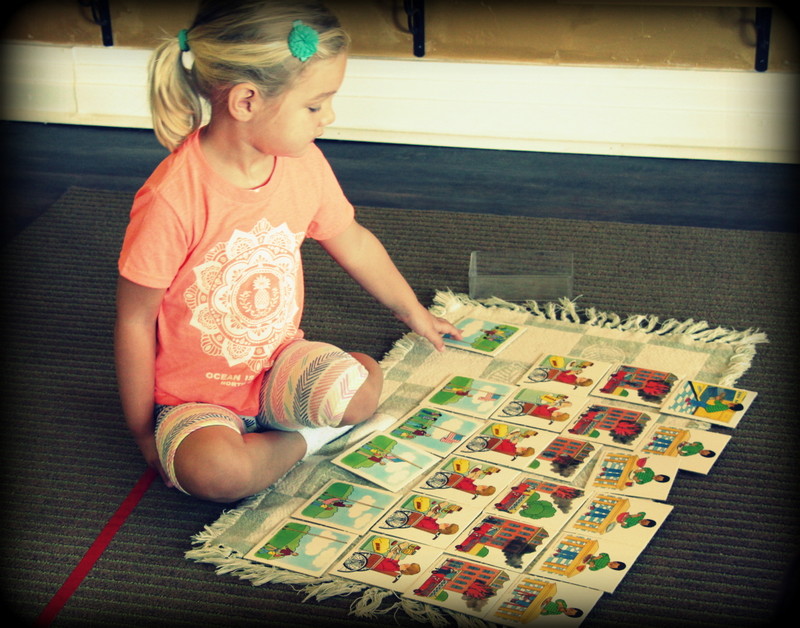


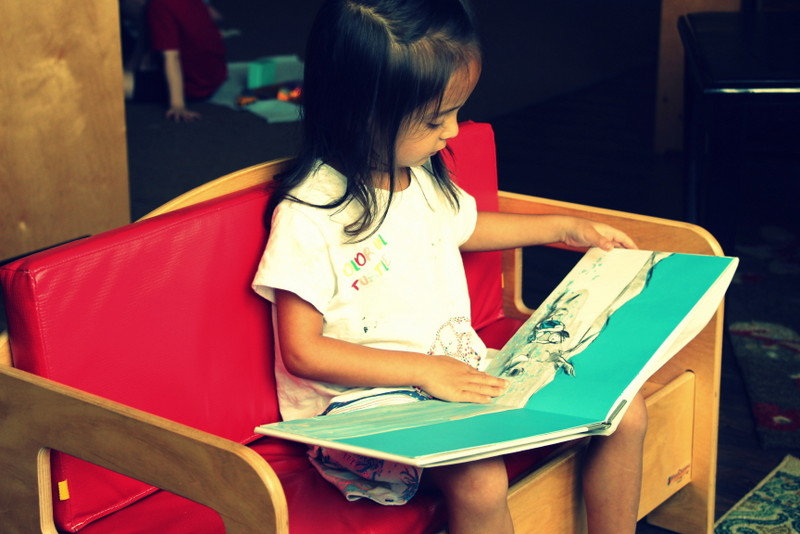


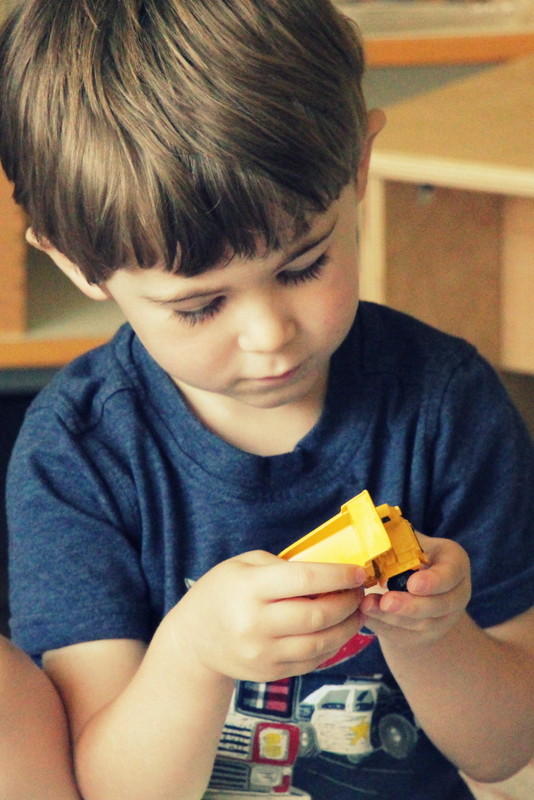

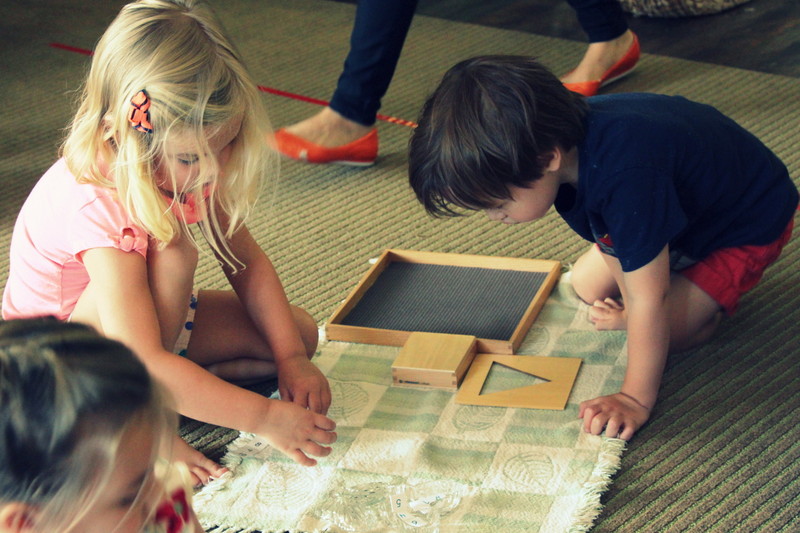


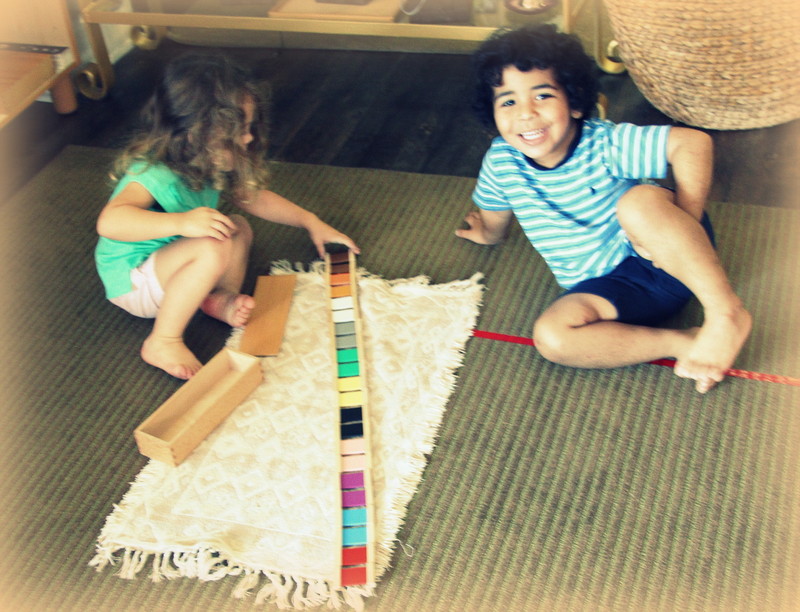



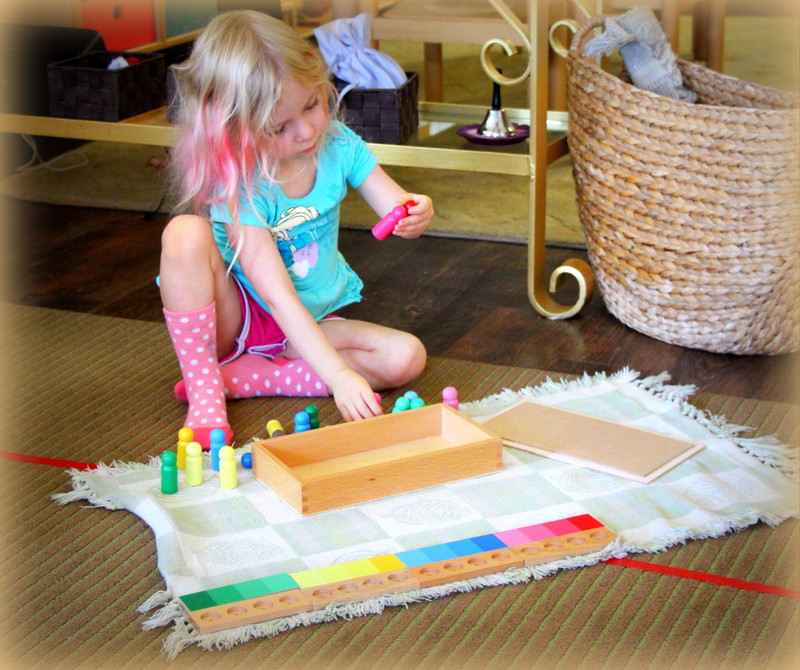



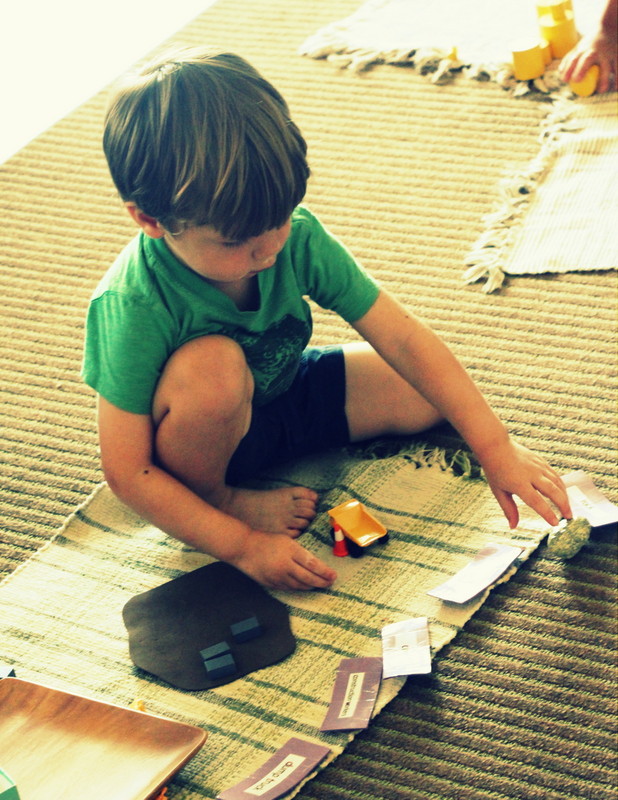

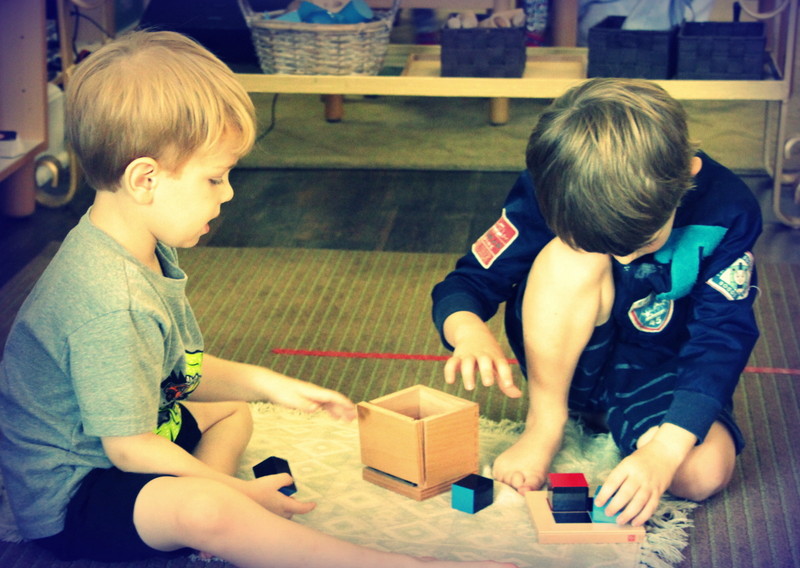





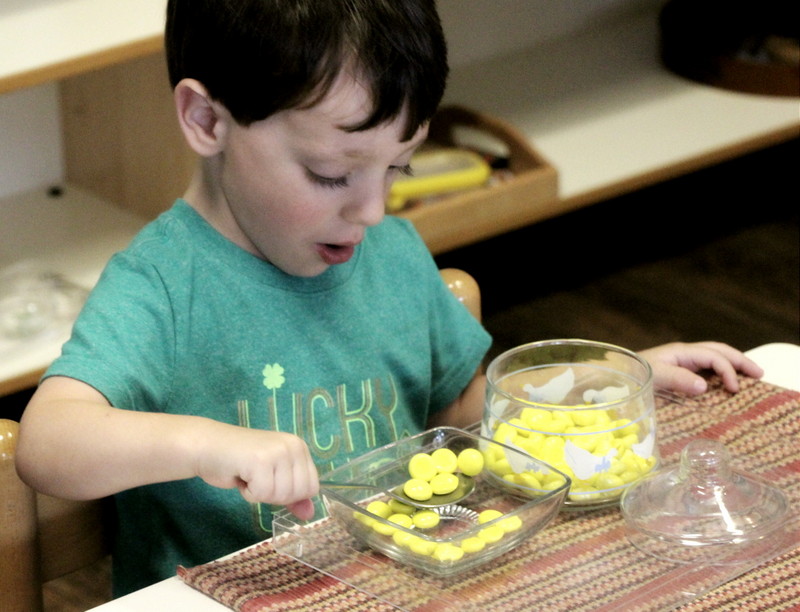

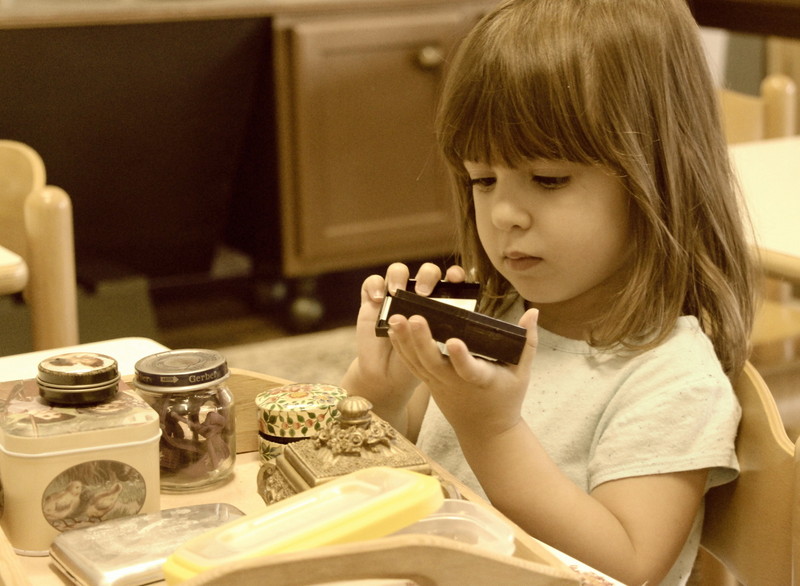





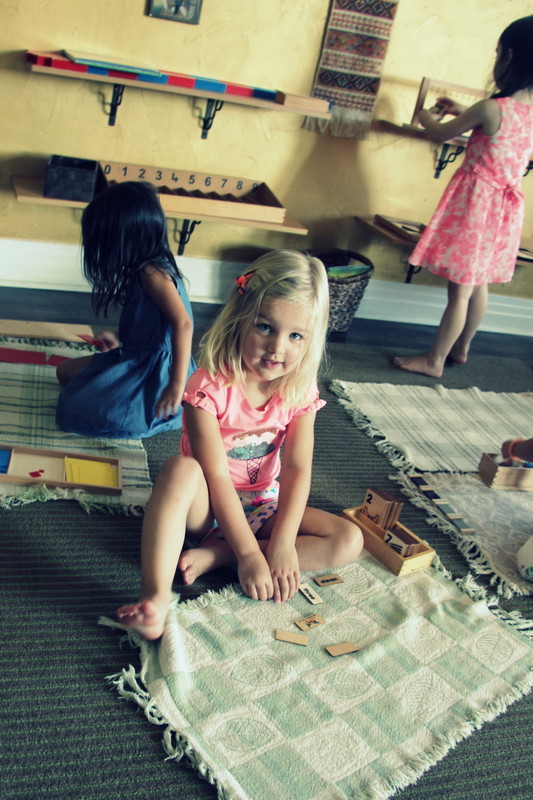
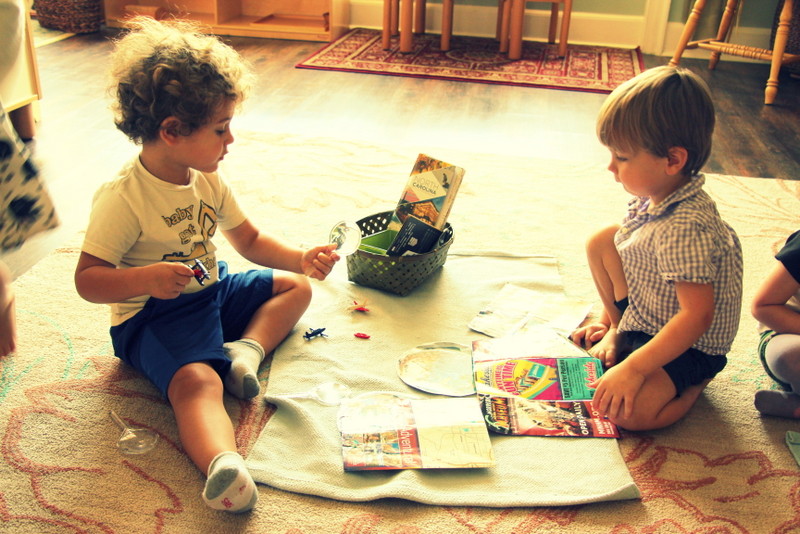
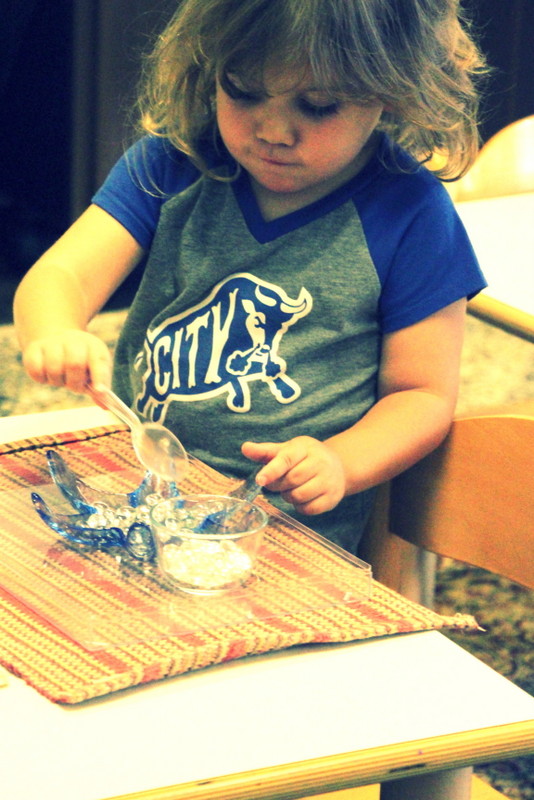

Thanks as always for the post! Looking forward to another exciting year!
And thank you always, Kerri, for chiming in 🙂
Really enjoyed reading the post and looking at all the wonderful pictures. Can’t wait to ask Cy about what he is working on in the pictures! Thanks so much!
Glad to hear, Sara! Cy has come a long way and I am sure he’ll be very enthusiastic going through photos with you!
This was so much fun, thanks for posting these! Elanor loved telling us about her friends and explaining the works. Have a great weekend!
As always, a great read! Thanks for posting!